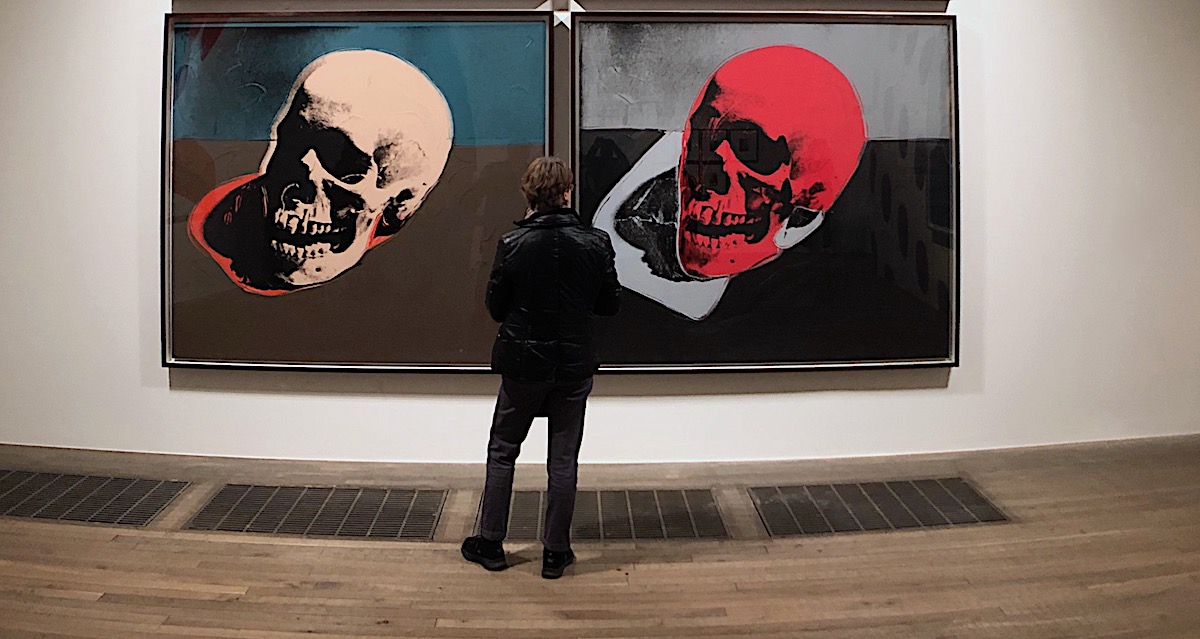The coronavirus has been responsible for a major crisis in the art world. Museums and galleries have slammed their doors shut. Increasingly the only way to look at art, in the present situation, is to look at it on a computer screen – or, at a pinch, on the screen of your mobile phone. This is creating a ‘viral’ phenomenon.
In one way, this shift has been developing for quite a time – ELS
it was already happening before the virus manifested itself. A good example is offered by the Rijksmuseum in Amsterdam, a major institution in a relatively small country, but a country with a very strong artistic heritage. The Rijks has just announced that its Gallery of Honour, where its most famous masterpieces are displayed, will be available digitally free of charge, in a form that allows the visitor to examine these works at leisure, in detail, and free of charge:This is the culmination of a programme begun as long ago as 2012 when the museum made more than 700,000 works in its collection available as high-resolution images, free of charge. It will now soon launch an upgraded version of ‘Rijks’, an app that will allow visitors to create their own tours of their favourite artworks.

The Rijksmuseum and the Dutch national broadcaster NTR have also joined forces to develop an interactive website about the museum’s most famous painting, Rembrandt’s The Nightwatch. ‘Never before,’ they boast, ‘has it been possible to get so close.’
Rijksmuseum’s Gallery of Honour, home of Rembrandt’s The Night Watch, The Jewish Bride, Vermeer’s The Milkmaid, among history’s most celebrated paintings, will re-open to the public around the globe via a new online platform Rijksmuseum Masterpieces Up Close. This platform is an interactive experience, allowing visitors from the comfort of their living room to navigate through the gallery at their own leisure.
Rijksmuseum Masterpieces Up Close aims to recreate the experience of casually browsing a museum with a multimedia guide, featuring the latest high-resolution 360º images, short videos, audio and text description. Visitors ‘walk’ through the gallery at their own pace, zoom in on every tiny detail of each work of art and listen to stories about 18 masterpieces. The platform is accessible for everyone free of charge.
https://www.rijksmuseum.nl/en/masterpieces-up-close

In more modest circumstances, both public and commercial galleries are doing their best to follow the new trend. In London, the Sims Reed Gallery in Duke Street St James’s offer an immersive view of a new exhibition of work by Dale Chihuly. Mona Lisa, eat yer heart out.
https://my.matterport.com/show/?m=g2mBHz3G2aJ
Click on the spot beside any work in the display, and full details about it appear.
Sometimes, however, these attempts at immersive imaging don’t quite work. This is the case with the Royal Academy’s attempt to offer an in-the-round view of their current exhibition of the work of the Belgian painter Leon Spilliaert. Their virtual exhibition tour on youtube.com is distressingly choppy and bitty.
https://www.youtube.com/watch?v=lcgcmnoAZA4
You’ll need a certain degree of patience to get something out of it.

Zavier Ellis, of Charlie Smith London, has chosen a more conventional way of presenting his new exhibition of work by Geraldine Swayne. Just click on the image of her work in the gallery web-site, and the show comes up as a series of images.
https://www.artsy.net/charlie-smith-london
However, click elsewhere on the opening screen, and you’ll see Charlie Smith London presentations at two recent Volta art fairs:
https://www.artsy.net/show/charlie-smith-london-charlie-smith-london-at-volta-ny-2020
https://www.artsy.net/show/charlie-smith-london-charlie-smith-london-at-volta-basel-2019
These examples show that the revolution in how visual art is presented to the public is well on its way, though it is perhaps more fully developed in locations other than here in Britain. The coronavirus crisis has simply given it a big viral push. Some of the possible consequences are worth contemplating. For example – to what degree s this likely to raise the prestige of artist’s video and of performance art? The trouble there is first, that artist’s video looks (at the moment) extremely simplistic and limited when compared to the competing use of images in the vast universe of video games. And second, that performance art usually looks silly and amateurish when compared not only to film, with its immense resources, but even when compared to recordings or direct relays of what is on offer in professional theatre.
Other Viral Websites:
Words: Edward Lucie-Smith Photos P C Robinson © Artlyst 2020

